|
On Monday, April 17, the Dike-New Hartford staff, along with educators from neighboring school districts and AEA 267, had the opportunity to learn about Growth Mindset from nationally renowned speaker Trevor Ragan. This blog will highlight a couple key points from the presentation. Are you a Jungle Tiger or Zoo Tiger?
Mindset focuses on the beliefs and focus we have toward a specific situation. If we have a fixed mindset, we believe that our skills are set and we can’t grow or learn. We also have a fear of failure and want to make sure we “look good.” If we have a growth mindset, we believe that skills are developed, so we can grow and learn. We also focus on the opportunities to grow and improve. Throughout the day Trevor Ragan compared mindset to tigers. We are either a jungle tiger (have growth mindset) or a zoo tiger (have fixed mindset). He provided examples of how easy life is for the zoo tiger, but because they never have to struggle, they never develop those survival skills needed for life in the wild. On the other hand, the jungle tiger has to struggle and face many challenges as he learns survival skills. To learn more about being a jungle tiger, check out this video. Is that your Lizard Brain? We are all afraid. It is just part of our nature...our lizard brain tells us to beware of danger or challenge. We also all have something that we want to get better at. But we allow FEAR to keep us from taking on the challenge of becoming better. We fear failure and allow our lizard brain to stop us from moving forward. Instead we need to acknowledge the fear and take on the struggles that are going to help us grow. As teachers we need to acknowledge our students’ fears in order to help them move forward and grow. Learning Like a Scientist Scientists have big goals and a plan to get there, but most importantly they understand that the process is the most important part of meeting those goals. Scientists realize that they will have to conduct multiple experiments before they are going to reach the results they want. As educators, we also need to take this approach in helping our students learn. We need to focus on the process. As a result of focusing on the process, we will get the outcome that we want. Growth Mindset Resources If you would like to learn more about Growth Mindset, you may be interested in one the following books: Mindset by Carol Dweck, Mindsets in the Classroom: Building a Culture of Success and Student Achievement in Schools by Mary Cay Ricci, or The Innovator’s Mindset by George Couros. You can also check out Trevor Ragan’s website Train Ugly. -AS
16 Comments
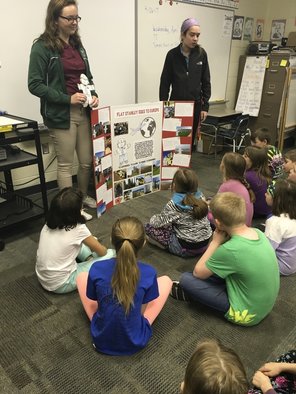 Technology allows teachers and students to connect with others outside the classroom to expand learning opportunities. Sometimes this technology does not need to be high tech. Simply having access to email and connecting other people can ignite an amazing learning opportunity. Flat Stanley is on of these collaborative projects. Based on a book by Jeff Brown, classes make a paper boy that travels with other people and those people take pictures with Stanley at interesting places and "Stanley" writes about his adventures. Mrs. Grandon's 1st grade have been learning about different places in the world through their Flat Stanley. Stanley has recently traveled to Southeast Asia with Mrs. Grandon's friend Jean. Stanley and Jean emailed the students whenever they could and chronicle their journey through Thailand, Cambodia, and Laos. Students were surprised by the tailboats, interesting food and animals, and people. They were also sad that Stanley broke his arm while he was there, but Jean found someone to help her fix Stanley up. Stanley came back with some bandages and a cast just in time to get ready for another trip! Flat Stanley traveled to France and Belgium with students from Columbus Catholic High School. Each year Gary Schnieders, longtime Columbus history teacher, takes his senior AP European History class to the battlefields of World War I and World War II for students to experience, remember, and honor the sacrifices US soldiers made for our safety in this world. Adriane Cole and Jaime Mayer were Stanley's companions on their trip. They collected pictures and artifacts to bring back and share with the students. Students learned a little bit about historic places, food, language, and people. Flat Stanley is just one well-known collaborative project to connect classes with other places and people but there are more. If you are interested in pushing back your classroom walls, you may want to look into one of these collaborative projects. Google Expeditions are field trips to virtually anywhere, from Machu Picchu to Antarctica to the International Space Station - where will you take your class? Use Google Cardboard or any other VR viewer and a smart phone. Mystery Skype is a global guessing game that gets kids learning about geography, culture, and the similarities and differences of how children live all over the world. Find a class from almost anywhere in the world to connect with. Global Read Aloud was created in 2010 with a simple goal in mind; one book to connect the world. From its humble beginnings, the GRA has grown to make a truly global connection with more than 2,000,000 students having participated. The premise is simple; a book is picked to read aloud to students during a set 6-week period and during that time we try to make as many global connections as possible. Global Monster Project has primary classes from the USA and around the world collaborate in this K-6 project. After requesting a Monster part from the list, each class composes a 12-20 word description and emails it in. When all descriptions are completed , each class builds its own MONSTER using everyone's descriptions.
The Moonshot Slaybots competed at the Iowa Regional competition at UNI's McLeod Center March 23-25, 2017. Competing with and against 53 other teams proved to be challenging. The team learned so much about the importance of collaboration and communication. They also had to quickly problem-solve between matches in order to make the robot better suited to the challenge. (The robot we walked out with looked different than the one we prepared for competition.) With a win-loss record of 2-6 in the qualifying rounds, the team was disappointed to not move on, but the team recognized that they learned more from match losses than match wins. Most of all, the students are making plans for next year. Even though we won't know the new challenge until January, we know there is a LOT to learn and do in the off-season to be ready for whatever diabolical challenge FIRST thinks up. The team would like to thank Mike Albers. Due to his generosity, The Slaybots were donated a space (and given suggestions and help) to build this season's robot. Thank you also to Yellow Jacket Enterprises LLC for building us a cart for competition. With grants from Monsanto, the Iowa STEM Council, FIRST, the Community Foundation, and John Deere, we were able to purchase the tools and supplies needed to design and build our workshop, robot, and team branding. We also had help from three fabulous volunteers; Tyler Stricker and Jim Foss from John Deere and Paul Rael from Doerfer Companies. They helped students learn more about engineering, construction, electrical components, and design. The coaches would like to commend students for their hard work. Quoting from a video from Ben Barney, "This isn't a robot. It very well may have hydraulic arms, a drivetrain, and a circuitboard, but this isn't a robot. This is a lesson in humility, hard work, and collaboration. This is a Crossfit workout for the muscle upstairs. This is an apple for the next generation of Newtons. It's a lot of things, but this isn't a robot. This is a roadmap that leads straight to engineering. This is a rock to shatter a thousand glass ceilings, a rope to pull a generation up and out of poverty, a sledgehammer to breakdown cultural barriers, and a universal language spoken in every nation on Earth. And because of that, this is a compass to point the way to peace. But please, don't think this is just a robot. This is Glastonbury for technology. This is Mission Control for the next moonshot. This is the Rosetta Stone to help translate the future. This is the sport that will help us win Tomorrow. This is the software to program ourselves to cure cancer, build a clean engine, or step foot on Mars. But this isn't a robot. It's a machine to build the people who will change the world." BRAVO to our students! Those that take on the challenge of robotics will truly change the world. Here are the 2017 Moonshot Slaybots Seniors: Isabella Dietrich, Hanna Euchner, Liz Gaffey, Ben Purdy Juniors: Maya Despenas, Colton Glick, Adie Murphy Sophomores: Brad Cunningham, Tori Fernandez, Jacob Foss, Sydney Hoffman, Sawyer Loger, Jon McCallum, Dylan Messerschmidt, Lauren Vanderlind Freshmen: Trey Bradley Friday, March 10 students in grades 5-8 celebrated the famous irrational number pi. While the rest of the world celebrates on March 14 (3.14), teachers decided not let DNH’s spring break stop students experience some pi fun. For many 5th graders, this was their first time learning about pi. Mrs. Shakespeare explained unlike the decimals they learned about earlier in the year, pi is irrational. That means it does not stop or repeat a pattern. Students were surprised to learn the number has been written to millions of places and does not follow any patterns. They created art work that showed the randomness of the digits of pi. Mrs. Hoffman’s sixth graders used their skills in solving math expressions to solve problems finding area and circumference of circles. Even though pi never stops, they discussed how many place of pi to use in their calculations. They also searched newspapers to make a pi collage, a pi scavenger hunt, and made colorful pi networks. Seventh graders in Mrs. Eiklenborg’s room measured circumference and diameter of several round objects. After dividing the circumference by the diameter, they discovered the quotient was close to 3.14, or pi. The more precisely they measured, the closer the results matched. This activity ties into their continued study of circles later this year. In Ms. Halstead’s room, eighth graders used a method known as Buffon’s Needle to approximate pi. Given a paper with parallel lines spaced the same distance apart as the length of a toothpick, students randomly tossed toothpicks. By doubling the number of picks dropped and then dividing by the amount that crossed a line, students got close to 3.14. The more trials recorded, the better the results. Students then listened to the story “Sir Cumference and the Dragon of Pi.” Fun and learning--a perfect way to lead into spring break. DE Over the past six weeks the four instructional coaches have been working with Mrs. Grandon’s first grade class on their ocean animals research project.
Research in first grade? That’s right! First graders walked through the entire process of research. First they chose a topic from a preselected list of ocean animals. Then they began by researching these animals on the Internet. No, they were not given free reign to search wherever they wanted. Websites that were age appropriate were carefully researched and selected. These sites were then shared with the class using Symbaloo to help keep students focused on research only their animal. (You can view Mrs. Grandon’s symbaloo here.) Students researched on a specific topic (the animal’s appearance, what they eat, predators, movements, and interesting facts) each day. Students learned how to look for specific words to help with each topic and used audio readers to help with reading difficult sections. As students learned about each topic, they took notes and recorded the resources they used. These notes were used the following day when students wrote that topic. Students had to analyze their notes and decide which order to put their information in for it to make the most sense. This process continued until students had researched and written a rough draft. After the first graders had completed a hand-written rough draft, they began typing their final draft on a template that was created for them. Their final draft also included a list of their resources, which is such a vital part of research. When all students were finished typing, their research was compiled into a book titled Amazing Ocean Animals using flipsnackedu. Finally, the first graders had the opportunity to use the Chatterpix app to tell about their animal using the first person point of view. The students had a lot of fun “becoming” their animal and sharing some of their favorite facts about their animals. You can check out their work here! Throughout the research unit, mini-lessons on a variety of topics were used, including how to take notes, writing the paper from your notes, computer skills such as using the shift and spacebar keys, and changing writing from third person to first person. We also covered the following Common Core standards:
In conclusion, this project really challenged the first graders in many ways. After all, research is a challenging concept for older students and even adults. Students writing skills were challenged (They wrote a lot!), and they used a wide variety of technology. It was so rewarding to see how enthusiastic and excited these first graders were about what they were learning and how hard they were working to learn. They absolutely loved the challenge and were thrilled with their completed projects and becoming published authors! --AS As part of our instructional coaching training, coaches and administrators have been able to participate in Coaching Labs following a model developed by Diane Sweeney. A coaching lab allows viewers to witness a coach and teacher in action. They watch them plan together, co-teach in a classroom, then discuss their results and next steps. Afterwards, participants share their observations, discuss how this influenced student learning, ask questions of the coach, and plan their next steps as coaches. One of the most valuable parts of the coaching labs were the conversations--thinking deeper about the whys and hows of the art of teaching. In December, DNH hosted a coaching lab at the Junior High for ten coaches and administrators from other districts. Math instructional coach Diane Eilderts and 6th grade math teacher Jill Hoffman planned, co-taught, then debriefed a 6th grade math lesson. Parts of their conversations are shown in the video below. While coaching labs are a good tool to improve, the video highlights the most important piece of the puzzle--the conversations. Reflecting about teaching practices, asking for feedback, discussing observations are all ways to improve classroom actions and ultimately student learning. As coaches, we are available for co-teaching, but maybe that’s not what you need. We could be someone to brainstorm lesson ideas or another pair of eyes to track students. We can offer ways to differentiate for different learning styles or offer ways to tier assignments to support different abilities. We are here to support what you and your students’ needs. Conversations can be powerful. -DE Winter Break has passed. We have celebrated 100 days of school.The halfway point of the school year has come and gone. And we are getting into that part of the year where we are reaching the “teacher low”. According to Moir, 1990, it is at this time of year that first year teachers are in the disillusionment phase of a teacher’s attitude cycle. This cycle pertains to not only first year teachers, but also to veteran teachers who are feeling the “teacher low” that comes along each year. So how does one get out of those winter blues?
Take a break! Make some time for yourself. Whether you enjoy exercising or a weekend away, whether you need a day out with friends or an evening just to read a good book that you haven’t made time for, you need to plan time for yourself. It’s easy to get caught up in the routines of school and forget about your family and friends, but these are the people who help rejuvenate you. Visit other classrooms! As teachers, we tend to get stuck in the rut. Our classrooms are running smoothly, but they may have also become somewhat boring with the same routines. This is a good time to visit other classrooms to gather ideas for how you can spice up your routines and classrooms. Check out the Pineapple Chart for opportunities to visit classrooms or ask a colleague. The instructional coaches are available to cover your classroom so you can make this happen. Try something new in your classroom! Maybe you have been thinking about trying a new strategy or rearranging your classroom for a different learning environment. Maybe you saw something during a visit to another classroom or heard teachers talking about something they do in their classroom. What better time is there for trying something new? If you’re wanting to try something and you aren’t sure where to start, you could contact your instructional coaches or a model teacher. They would be happy to help! Decorate your classroom for summer! What better way to get rid of winter than to prepare for summer? A change in scenery always helps change our perspective and since we can’t take a tropical vacation, we can do the next best thing. Bring the vacation to your classroom! Refresh those bulletin boards that have been forgotten. Change out books, toys, etc. that students use to give them something new and exciting to explore. Decorate for a luau. Transform your room into something that gets students excited and interested in learning and something that makes you excited to be teaching--even on these long, cold days of winter. -AS We would like to introduce you to three more model teachers this week. Our model teachers are working hard to be transparent and reflective teachers. Don’t forget to visit the Pineapple Chart to see what model teachers (and all teachers) have going on in their classrooms!
Jamie Shakespeare Mrs. Shakespeare teaches 5th grade at New Hartford Elementary, and finds that her strength as a teacher is in developing relationships with each of her students. She feels a strong relationship between the students and herself makes them feel more comfortable and allows them to thrive. She is married to Alan Shakespeare, and they have three amazing children, Jaxon (kindergarten), Jayce (preschool), and Avery their 2 year old daughter. As a family, they enjoy family game night, sharing and reading books, and dancing and singing in the kitchen. Outside of school, she enjoys working out at Next Level Extreme Fitness and playing volleyball. Something interesting that she will be doing this year is to use song lyrics to discuss cause and effect relationships in a text. Tammy Luhring Mrs. Luhring is a 2nd grade teacher at Dike Elementary. She is consistently working on differentiated learning practices in my classroom. She lives on a farm with her husband, and they have 4 kids. They love to travel, and Tammy likes to read, watch movies, and hang out with friends. Something she'd like to work on this year is growth mindset. Susan Parker Mrs. Parker is a 5th grade teacher at New Hartford Elementary. She feels her strengths as a teacher are in science teaching strategies, working to implement the new science standards, classroom and materials management, character education, and she's part of a team that is very collaborative, especially in the language arts area. She has a husband Mark, daughter Elli, son-in-law Si, son Carson. She enjoys running, exercising, reading, faith-based pursuits, music, cooking, and golf. This year she is working on tackling the new science standards in her classroom! -AB As our discussions about becoming learners and leaders at Dike-New Hartford evolve, we have taken a closer look at what it means to learn. By definition, learning is knowledge acquired through experience, study, or being taught. It would appear that we are therefore learning all the time. However, if we take a closer look at true learning, we need to take some time to consider the conditions that create a culture for true, deep learning.
Think about some things you have learned really well. What conditions were in place to make that learning happen? For instance, my daughter wanted to learn how to knit and the shop downtown had a free introductory knitting lesson. I realized that if she needed a mentor, I might need to learn this too. We went to the lesson together, My daughter quickly realized that the tedius repetitiveness of knitting was not enjoyable for her so she gave up rather quickly and never learned how to knit. I, on the other hand, loved knitting and wanted to learn more than just the basics. I would buy different patterns, kinds of yarns, and learned many new stitches and techniques. I had good mentors who would help me when I got stuck. I still have a lot to learn, but the conditions are right for me to continue to WANT to learn. That is a key difference. How do we help people want to learn? The University of California (Berkely Center for Teaching and learning has redefined learning based on research. They have found that learning is a process that: is active - process of engaging and manipulating objects, experiences, and conversations in order to build mental models of the world (Dewey, 1938; Piaget, 1964; Vygotsky, 1986). Learners build knowledge as they explore the world around them, observe and interact with phenomena, converse and engage with others, and make connections between new ideas and prior understandings. builds on prior knowledge - and involves enriching, building on, and changing existing understanding, where “one’s knowledge base is a scaffold that supports the construction of all future learning” (Alexander, 1996, p. 89). occurs in a complex social environment - and thus should not be limited to being examined or perceived as something that happens on an individual level. Instead, it is necessary to think of learning as a social activity involving people, the things they use, the words they speak, the cultural context they’re in, and the actions they take (Bransford, et al., 2006; Rogoff, 1998), and that knowledge is built by members in the activity (Scardamalia & Bereiter, 2006). is situated in an authentic context - provides learners with the opportunity to engage with specific ideas and concepts on a need-to-know or want-to-know basis (Greeno, 2006; Kolodner, 2006). requires learners’ motivation and cognitive engagement to be sustained when learning complex ideas, because considerable mental effort and persistence are necessary. We need to look at our learning environments through this lens. Does our professional learning meet this criteria? Are we creating this learning environement for our students? If we answered no, what do we need to do to change those conditions? ~JS We would like to introduce you to three more model teachers this week. Our model teachers are working hard to be transparent and reflective teachers. Don’t forget to visit the Pineapple Chart to see what model teachers (and all teachers) have going on in their classrooms!
Mrs. Katie Slack, 6-12 Instrumental Music Mrs. Slack is currently working on preparing students for their winter concerts. She is really focusing on improving tone quality with the 6th grade band. Mrs. Slack is also trying to find more ways to help students set both personal goals and goals for their ensembles. Some of Mrs. Slack’s strengths are modeling and differentiation. Mrs. Slack’s hobbies include reading, travel, sports, running/exercise, music, and enjoying time with family and friends. Mrs. Jill Hoffman, JH Math (6th Math, 7th Coding) Mrs. Hoffman is currently working with students to be more reflective about their learning. She is also using data notebooks that contain reflection sheets and checklists to monitor learning and behavior. Some of Mrs. Hoffman’s strengths include being flexible and willing to learn and try new ideas. Mrs. Hoffman is also good at building a good rapport with students. The recently married wife of Dustin Hoffman (No, not the actor!) enjoys cooking and especially likes to "remix" recipes that she has found online or in cookbooks. She also enjoy reading, and just about any activity that gets her outside. Mrs. Sandy Becker, 6-8 Interventionist Mrs. Becker is currently working on fluency and comprehension strategies with struggling readers in small groups She is also implementing the ACE strategy for text evidence and the small group PRESS training that she received this fall. Trying new strategies, classroom management, talking about her teaching, and learning from other to improve are some of Mrs. Becker’s strengths. Mrs. Becker’s pastimes include baking, especially with my grandson, reading, walking, canning fruits and vegetables, and I make and sell crafts at a couple of small shows each fall. -AS |
DNH CoachesBurnette Dove, Literacy Archives
May 2017
Categories |
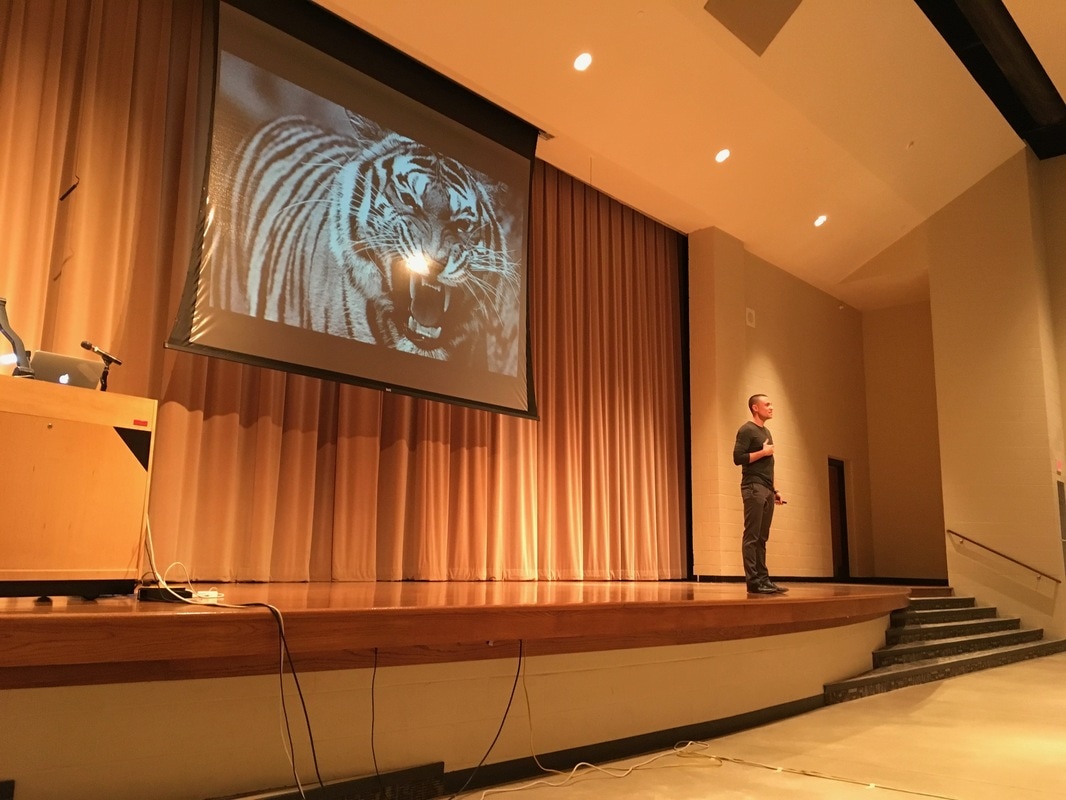
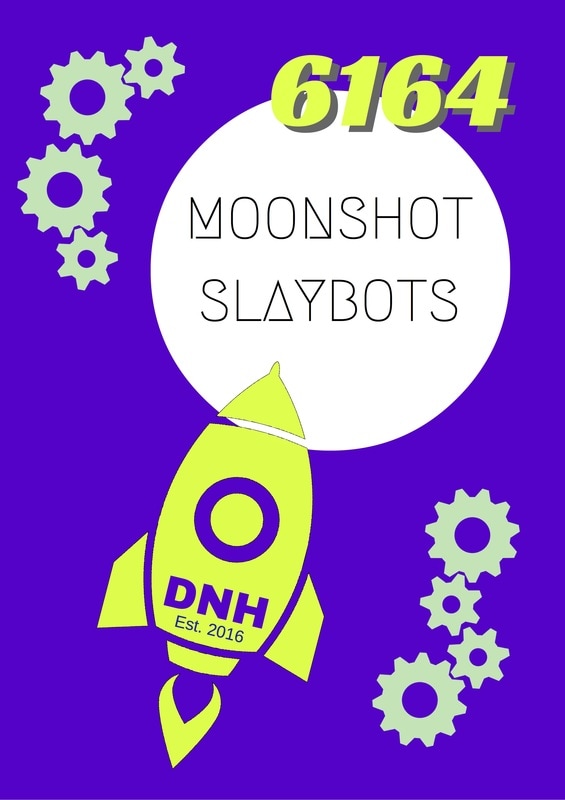
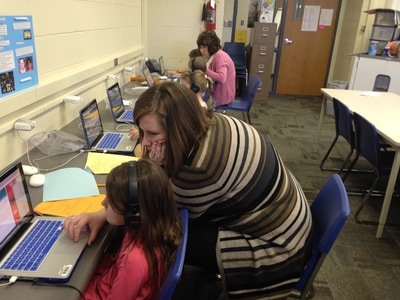
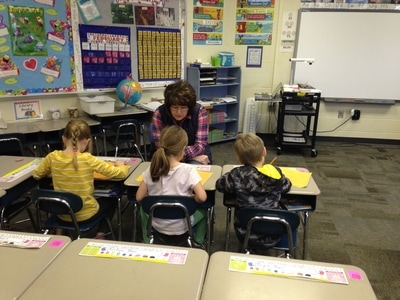
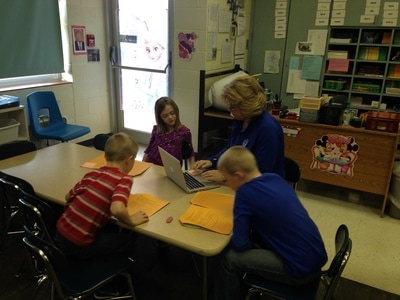
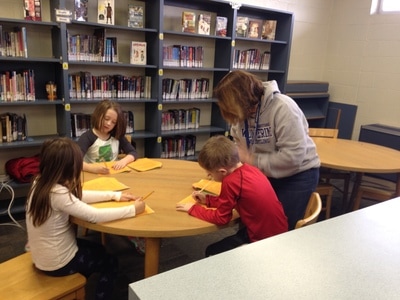
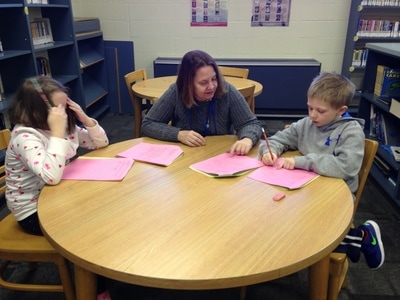
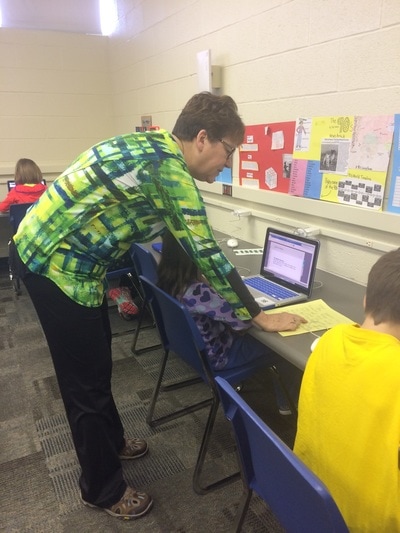
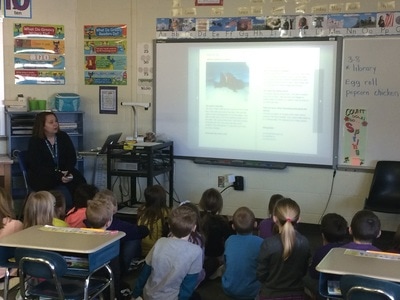
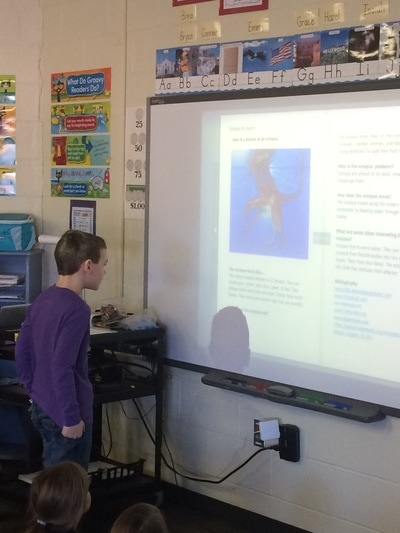
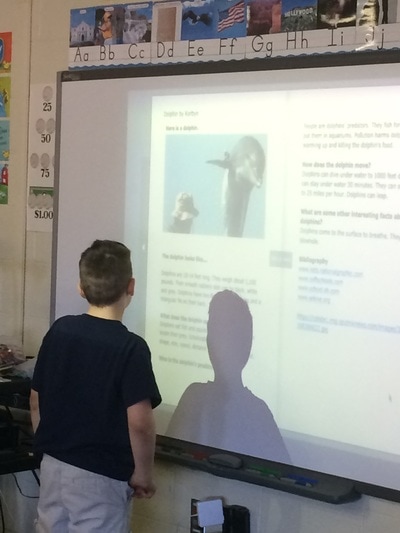
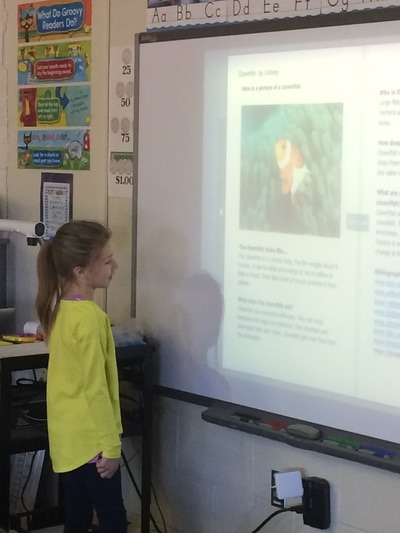
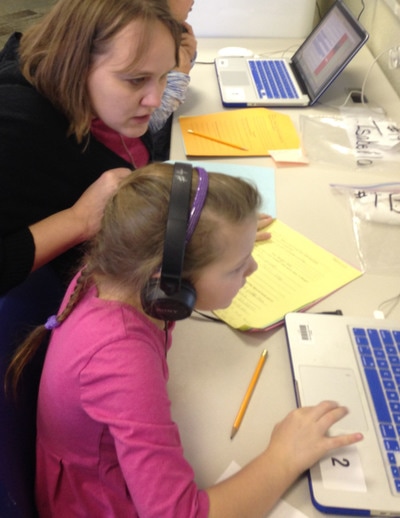
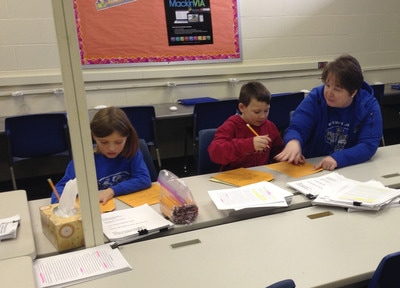
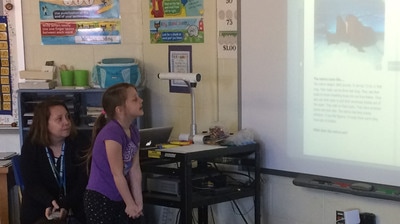
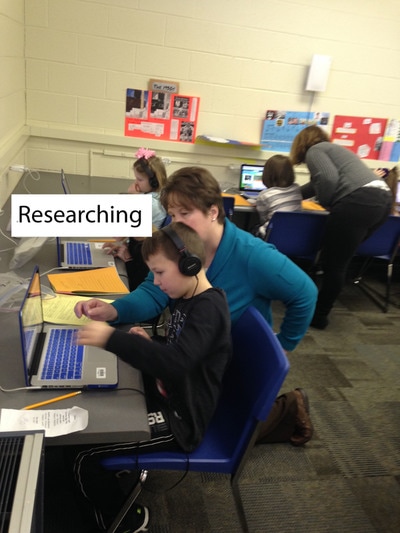
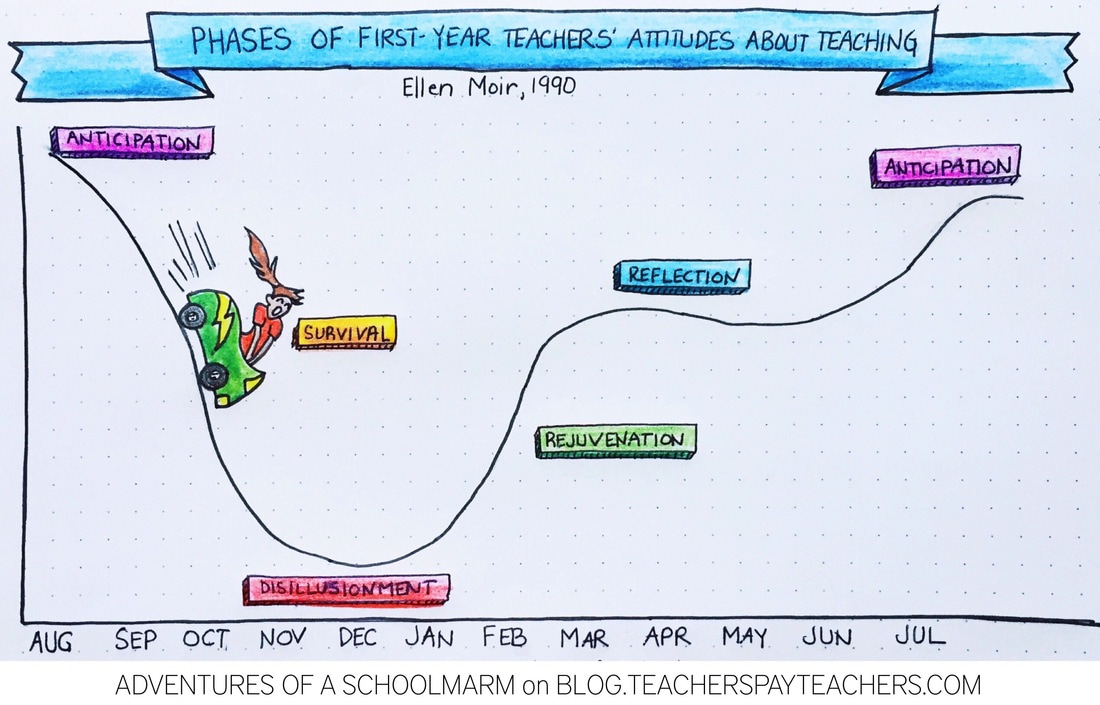

 RSS Feed
RSS Feed
